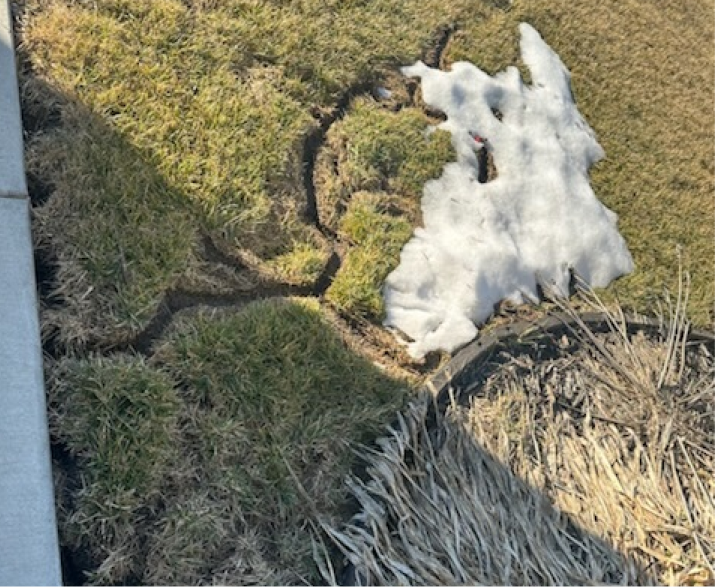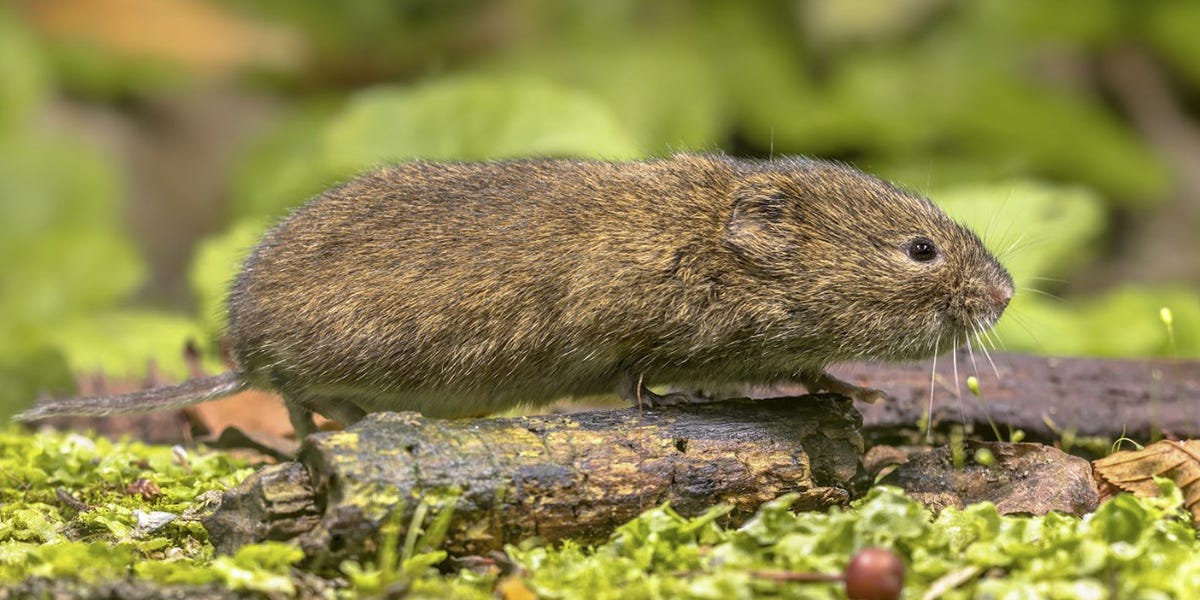Shield Your Yard: Proven Vole Control Approaches Introduced!
Wiki Article
Mastering Vole Parasite Control: In-depth Insights on Invasion Prevention and Treatment Strategies
By identifying the refined indicators of vole infestation early on, we can take positive procedures to protect against extensive damage. In this discussion, we will certainly discover the subtleties of vole habits, dig into the recognition of invasion indications, and uncover the most effective prevention and treatment approaches.Comprehending Vole Behavior
Checking out the foraging patterns of voles provides beneficial insights into their behavior and habitat preferences. By observing their foraging behavior, scientists can acquire a far better understanding of where voles choose to establish their environments and the degree of their ecological impact.
Research study suggests that voles exhibit selective feeding practices, liking seeds, roots, and tubers - vole yard damage. This nutritional choice influences their foraging patterns, leading them to locations abundant in plants and ground cover. Additionally, voles are known to develop fancy tunnel systems for foraging and nesting purposes, suggesting a high degree of adaptability to their surroundings
Recognizing vole actions is essential for applying targeted parasite control actions that interrupt their environment choices and foraging tasks. By examining their behavior, experts can develop more effective avoidance and therapy approaches to handle vole infestations.
Identifying Indications of Vole Infestation
Vole infestations can be found by recognizing specific signs of their existence in a location. One of the most usual signs of a vole invasion is the existence of surface paths. Voles produce networks of narrow paths on the ground that are typically around 2 inches large. These runways are often found in grassy locations or underneath compost or ground cover where voles can move openly and look for food.An additional vital sign of vole infestation is the visibility of little burrow openings in the ground. Additionally, voles are known to leave behind chewed plant stems, roots, and light bulbs near their burrow openings, suggesting their feeding task in the area.
Additionally, vole droppings can likewise represent their presence (vole pest control). Vole droppings are small, brownish, and cylindrical in shape, looking like grains of rice. Locating these droppings along paths or near burrow openings can confirm a vole infestation. By being vigilant for these signs, residential property owners can without delay address vole problems and avoid further damage.
Applying Proactive Prevention Steps
To efficiently reduce the dangers connected with vole invasions, residential property proprietors can proactively apply a variety of safety nets intended at safeguarding their landscapes and gardens. One crucial action is to keep a well-trimmed grass and regularly get rid of high weeds and thick plants, as voles are attracted to areas supplying adequate cover. Setting up barriers such as equipment towel underground around at risk areas like garden beds can likewise aid protect against vole invasion. Furthermore, keeping garden areas tidy and decreasing mess where voles might hide or nest is essential in reducing their visibility.Moreover, using all-natural vole deterrents like castor oil-based repellents or killer pee can function as efficient preventive actions. It Website is likewise advisable to regularly check outdoor rooms for any kind of signs of vole task, such as runways or delve openings, to deal with potential problems quickly. By taking on these proactive avoidance strategies, home proprietors can dramatically lower the likelihood of vole damage and keep the health and appearances of their landscapes.
Efficient Therapy Approaches
Integrating targeted capturing techniques and using authorized rodenticides are vital components of efficient treatment techniques vole pest control for handling vole problems. Routine tracking and maintenance are also key aspects of effective therapy approaches to make certain that vole populaces are maintained under control. By integrating capturing, rodenticides, environment adjustment, and consistent monitoring, efficient vole insect control can be achieved.
Monitoring and Maintenance Tips
Routine monitoring permits for the early discovery of vole activity, allowing timely intervention prior to invasions worsen. To effectively check vole populations, strategically positioned catches can be used in vole runways or near burrow entries.Additionally, keeping a well-kept and clean landscape is vital in vole avoidance. Cleaning away particles, such as piles of wood or dense vegetation, gets rid of potential vole environments. Consistently cutting and mowing grass greenery helps in reducing vole concealing spots and lessens their access to food resources.

Final Thought
Finally, understanding vole parasite control needs a solid click to read understanding of vole habits, the capability to determine signs of infestation, executing proactive prevention steps, effective treatment strategies, and consistent surveillance and maintenance. By taking an extensive method to vole control, individuals can effectively manage and protect against infestations, inevitably protecting their residential property and bordering setting from damages brought on by these small rodents.In this conversation, we will certainly discover the subtleties of vole actions, delve right into the identification of infestation signs, and uncover the most efficient avoidance and treatment approaches.Integrating targeted trapping approaches and making use of authorized rodenticides are essential elements of efficient treatment techniques for handling vole problems. To successfully keep track of vole populations, strategically placed traps can be utilized in vole paths or near burrow entries. Evaluating and fixing any type of damages to these structures guarantees that vole control remains effective in guarding properties from problems. By including these monitoring and upkeep practices right into a comprehensive vole bug control strategy, individuals can efficiently manage vole populaces and secure their residential properties from damages.
Report this wiki page